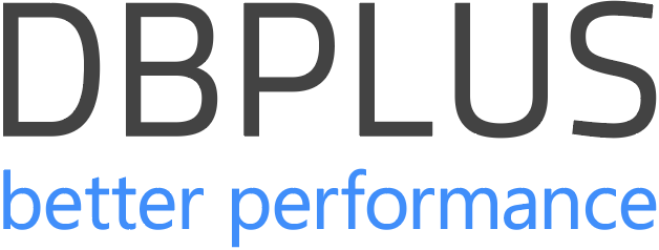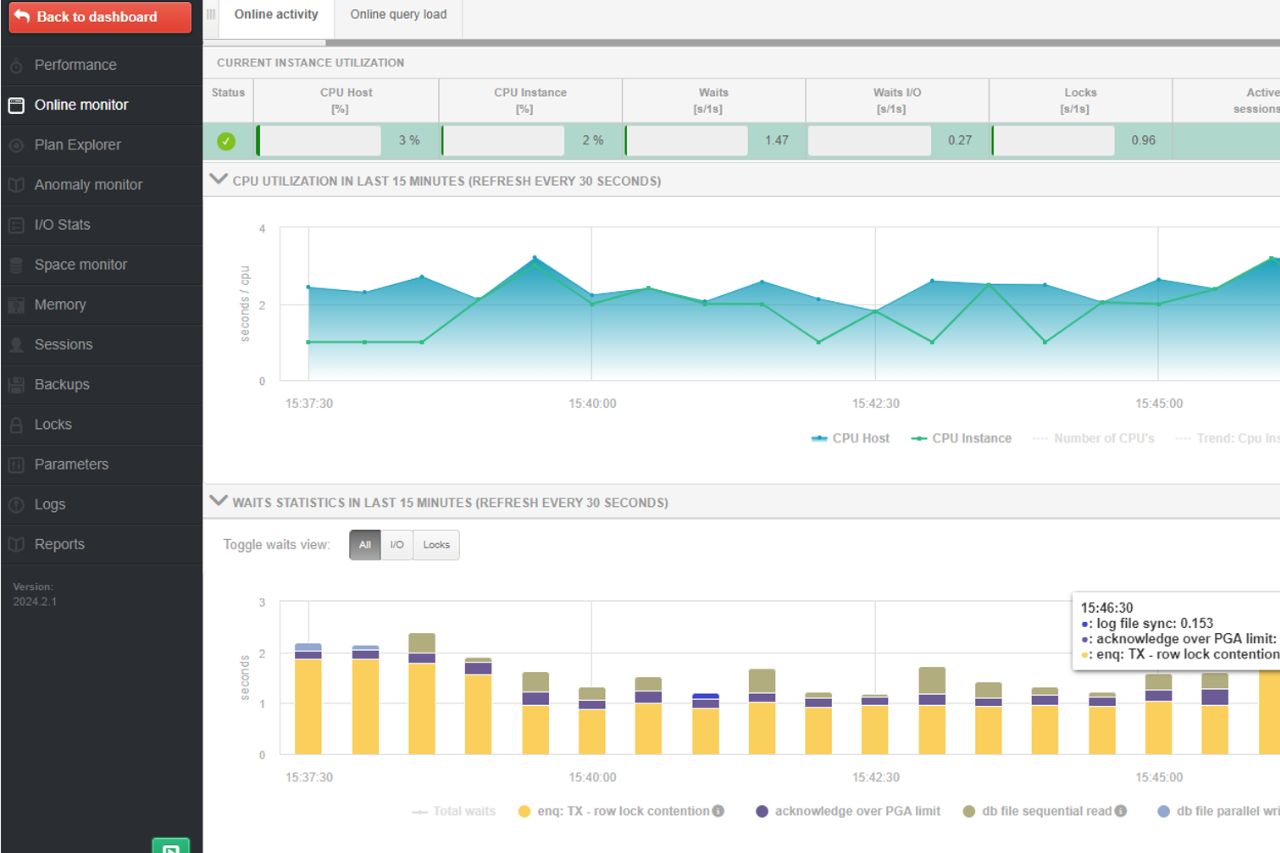26/09/2024
From Clustered to Specialized: Types of SQL Indexes and When to Use Them
Considering the sheer volume of data slugging through the digital pipelines, knowing your indexes shou be your bread and butter. Here, we’re slicing through the thick crust of complexity to expose clustered and non-clustered indexes and their cousins.
Why bother? Because we live at the age of instant grafitication. The speed at which you can retrieve data can be the difference between leading and trailing behind. That’s why we will be going through the ins and outs of clustered and non-clustered indexes and their specialized kin. On they way, keep in mind that each type has a role. For every one there is a specific scenario where its purpose becomes the most obvious.
It’s about knowing who to tap for the performance you crave, at precisely the right moment.






